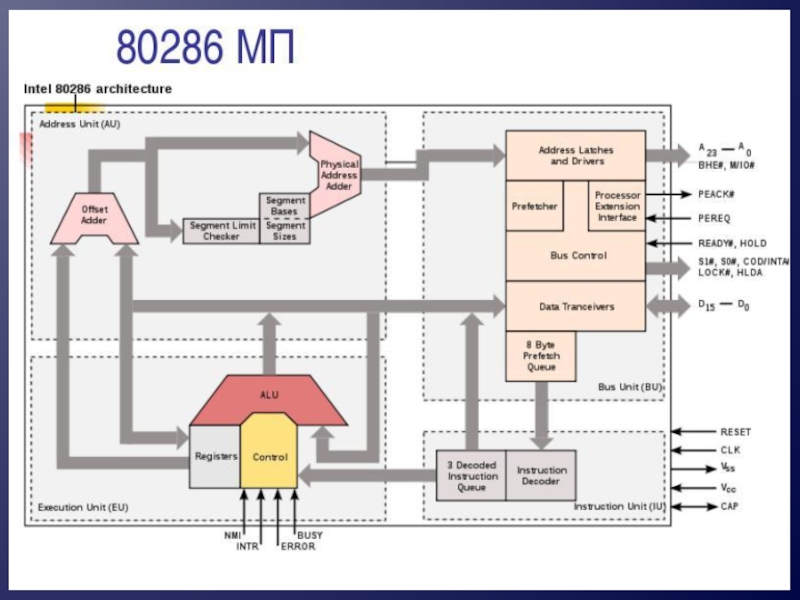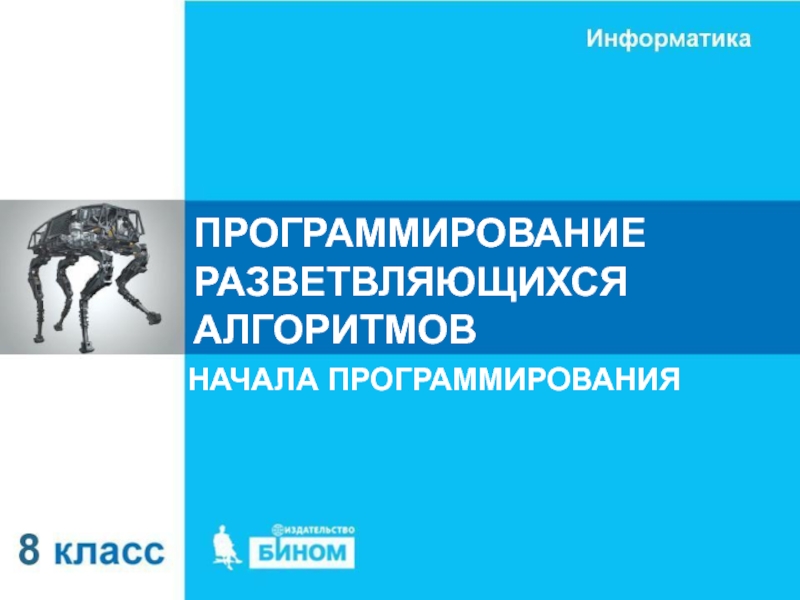- Главная
- Разное
- Дизайн
- Бизнес и предпринимательство
- Аналитика
- Образование
- Развлечения
- Красота и здоровье
- Финансы
- Государство
- Путешествия
- Спорт
- Недвижимость
- Армия
- Графика
- Культурология
- Еда и кулинария
- Лингвистика
- Английский язык
- Астрономия
- Алгебра
- Биология
- География
- Детские презентации
- Информатика
- История
- Литература
- Маркетинг
- Математика
- Медицина
- Менеджмент
- Музыка
- МХК
- Немецкий язык
- ОБЖ
- Обществознание
- Окружающий мир
- Педагогика
- Русский язык
- Технология
- Физика
- Философия
- Химия
- Шаблоны, картинки для презентаций
- Экология
- Экономика
- Юриспруденция
The History of Computer Development презентация
Содержание
- 1. The History of Computer Development
- 2. The rapidly advancing field of electronics
- 4. Later transistors appeared. The use of
- 6. Modern digital computers are all conceptually
- 8. The first one is the
- 9. The second is the workstation,
- 10. A digital computer is not actually
- 12. Talking about a central processing unit
- 13. The second generation central processing unit
- 15. There are also central processing units
- 16. Computer speeds are measured in
Слайд 2
The rapidly advancing field of electronics led to construction of the
first general-purpose electronic computer in 1946 at the University of Pennsylvania. It was Electronic Numerical Integrator And Computer or ENIAC, the device contained 18,000 vacuum tubes and had a speed of several hundred multiplications per minute. Its program was wired into the processor and had to be manually altered.
Слайд 4
Later transistors appeared. The use of the transistor in computers began
in the late 1950s. It marked the advent of smaller, faster elements than it was possible to create with the use of vacuum-tube machines. Because transistors use less power and have a much longer life, computers alone were improved a lot. They were called second-generation computers. Components became smaller and the system became less expensive to build.
Слайд 6
Modern digital computers are all conceptually similar, regardless of size and
shape. Nevertheless, they can be divided into several categories on the basis of cost and performance.
Слайд 8
The first one is the personal computer or microcomputer, a relatively
low-cost machine, usually of desk-top size. Sometimes they are called laptops. They are small enough to fit in a briefcase.
Слайд 9
The second is the workstation, a microcomputer with enhanced graphics and
communications capabilities that make it especially useful for office work. And the server computers, a large expensive machine with the capability of serving the needs of major business enterprises, government departments, scientific research establishments. The largest and fastest of these are called supercomputers.
Слайд 10
A digital computer is not actually a single machine, in the
sense that most people think of computers. Instead it is a system composed of five distinct elements: a central processing unit, input devices, memory storage devices, output devices and a communications network, called a «bus» that links all the elements of the system and connects the system itself to the external world.
Слайд 12
Talking about a central processing unit or the heart of computer;
I would like to add that there were several generations of microprocessors. The first generation was represented by processing unit Intel 8086.
Слайд 13
The second generation central processing unit was represented by processing unit
Intel 80286, used in IBM PC AT 286. In the end of 80s such computer costs about 25-30 000 rubles in the former USSR. The third generation is represented by Intel 80386, used in IBM PC AT 386. The microprocessors of the fourth generation were used in computers IBM PC AT 486.
Слайд 15
There are also central processing units of the fifth generation, used
in Intel Pentium 60 and Intel Pentium 66, central processing units of the sixth generation, used in computers Intel Pentium 75,90,100 and 133. Few years ago appeared central processing units of seventh and eighth generations.
Слайд 16
Computer speeds are measured in gigahertz today. Recently, an optical central
processing unit has been invented, which is capable of executing trillions discrete operations per second or it is as fast as the speed of light. So, we are at the threshold of new computer era, when artificial intelligence could be invented. There are no questions with «if», the only question is «when». And time will show us either computers become our best friends or our evil enemies as it is shown in some movies.





















